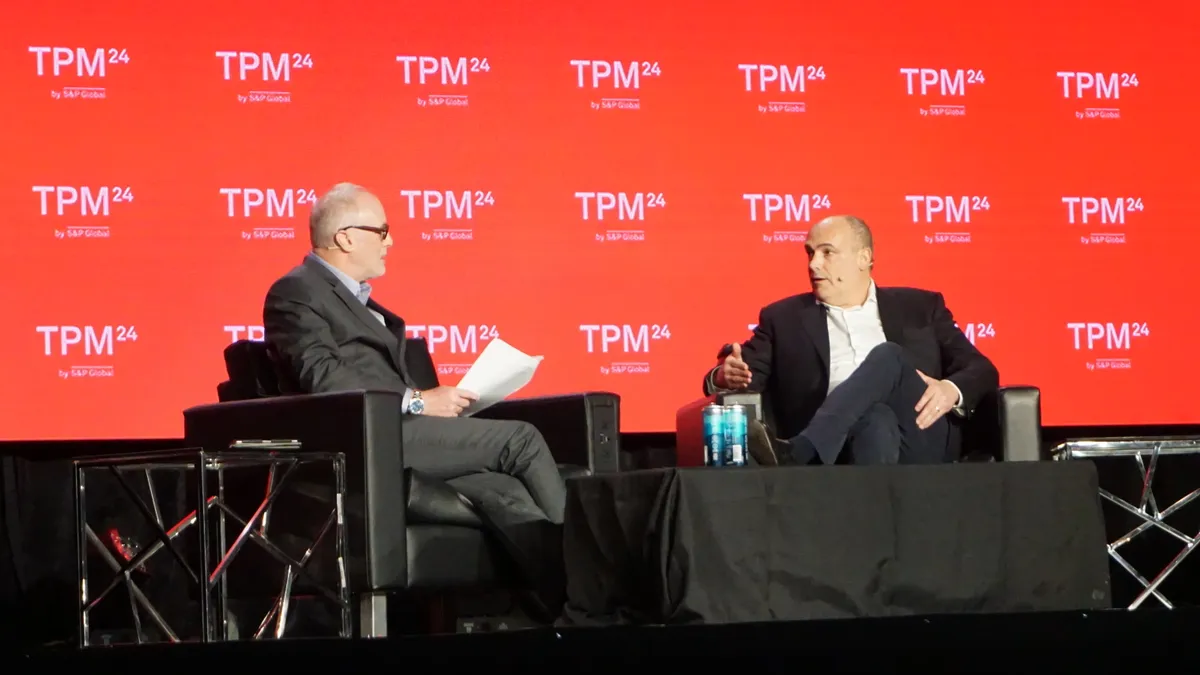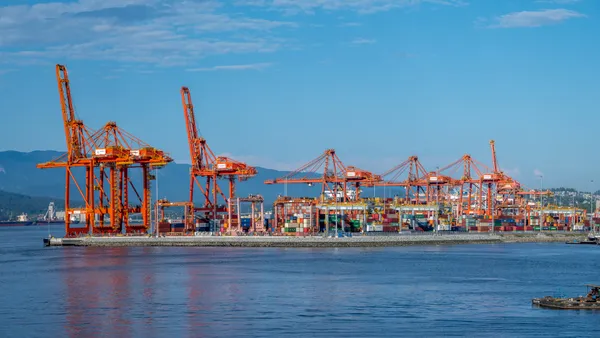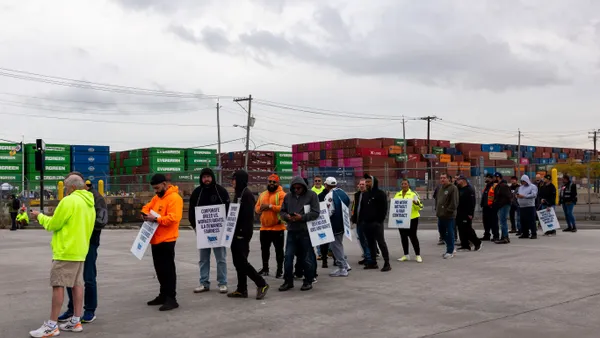Hapag Lloyd's CEO Rolf Habben Jansen does not envision the Gemini Cooperation will need more than two shipping lines to succeed in its mission. When asked if the Gemini Cooperation — whose name means twins — could ever evolve to the “triplet alliance.”
“We didn't choose it for nothing,” the CEO responded to the question posed at TPM24 by S&P Global in Long Beach, California on Monday. “This is gonna be quite different than the way that some of the other cooperation's work and if you want to make them work, then to do that with two is probably enough.”
The CEO reiterated that its alliance with Maersk is different from others — one key factor being the structure of the agreement being based on a hub and spoke model.
“Hub and spoke is in itself a very proven model in many other transport modalities, because it leads to better asset utilization,” Jansen said. “So I think that's something that both Maersk and us very much believe in, and especially because we found a combination where we don't only work together for the lineup business, but also on the terminal side.”
Jansen said the hub and spoke model can help lead to higher levels of schedule reliability. In Maersk and Hapag-Lloyd's case, the network will have two or three calls on both ends of origin and destination, which means less possibilities that something will go wrong.
“And then we will fill up the ships in the hubs and then we will shuttle cargo from some locations to those hubs," he added. "That means that all the ships that we have in-network will on average have better utilization and the likelihood that if something goes wrong, left or right or in the middle that it immediately also impacts everything else is just a lot lower."
The model is similar to airfreight, according to Jansen: “If I buy airfreight from Shanghai to Hamburg, the plane flies to Frankfurt and then it gets on the truck. The plane doesn't stop in Frankfurt and then flies on to Hamburg with two or three panels.”
Port terminal infrastructure is also something the carrier is taking into consideration in order to accommodate the hub and spoke network. After all, as the model is used and matures, it will require more capacity.
“I think by and large, the infrastructure is ready, but we will continue to indeed invest more,” Jansen said.














